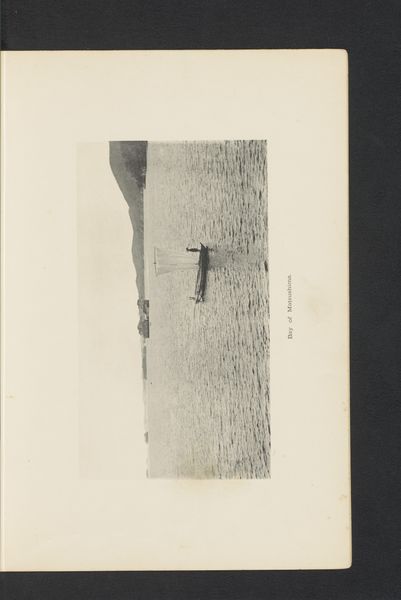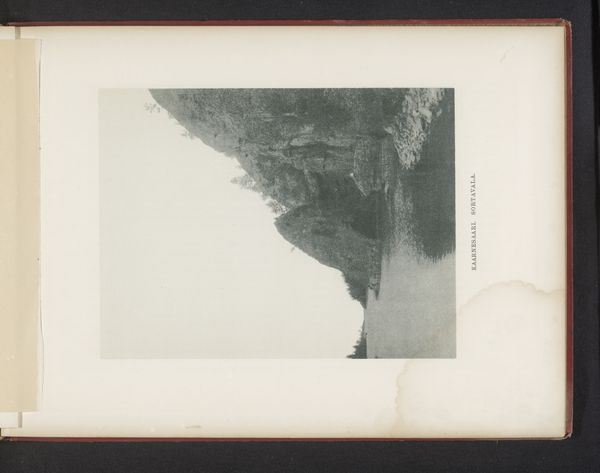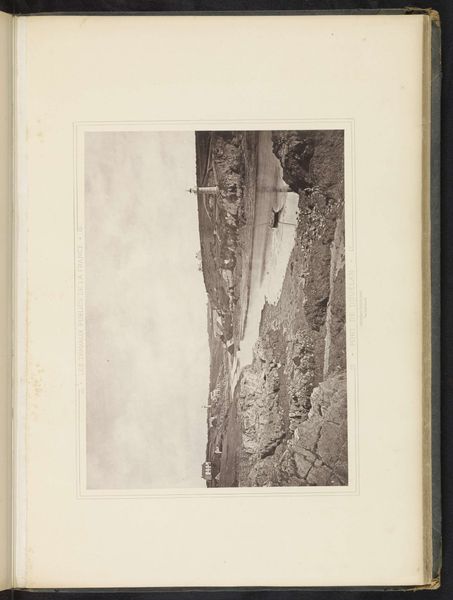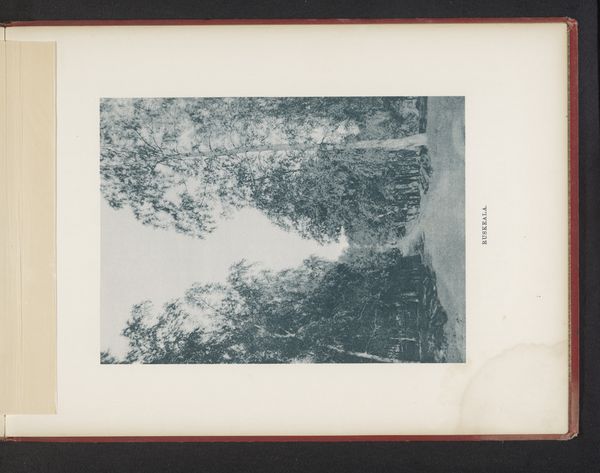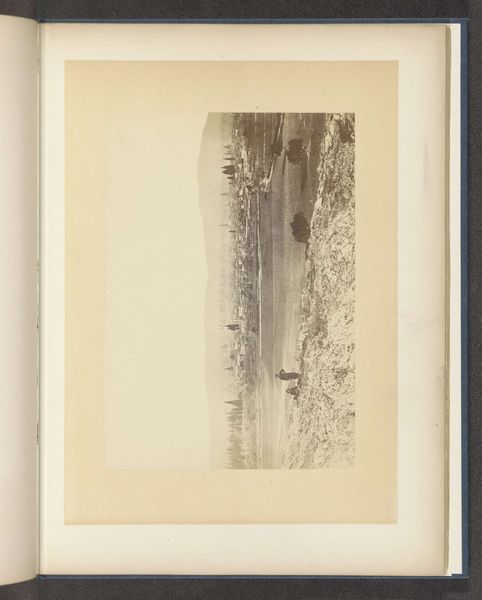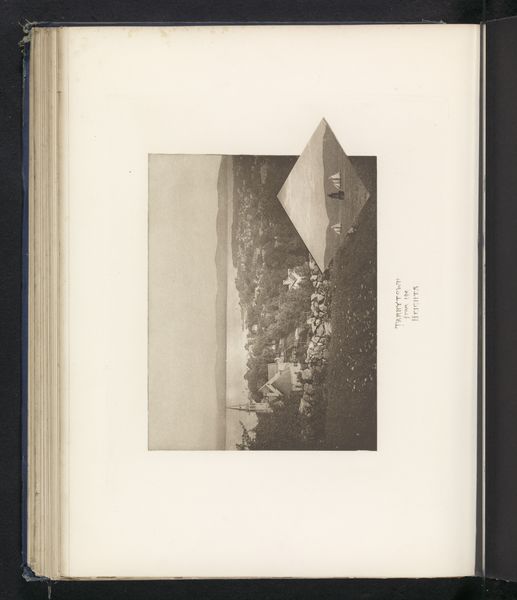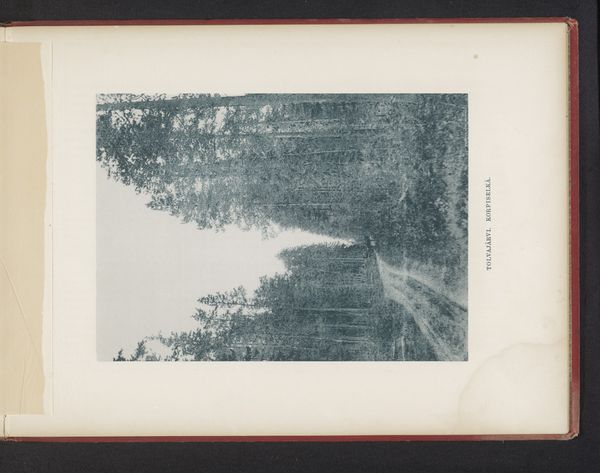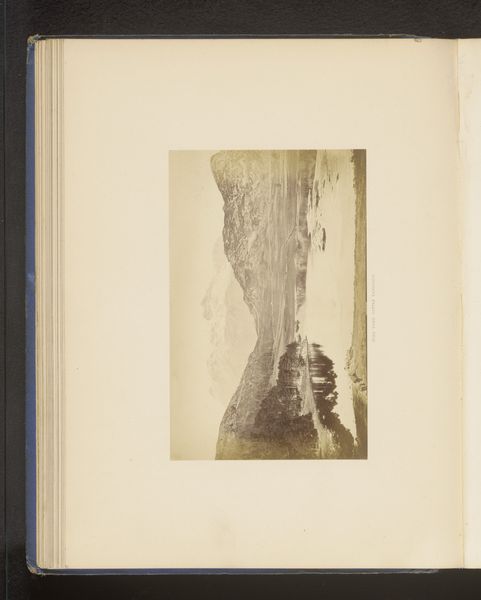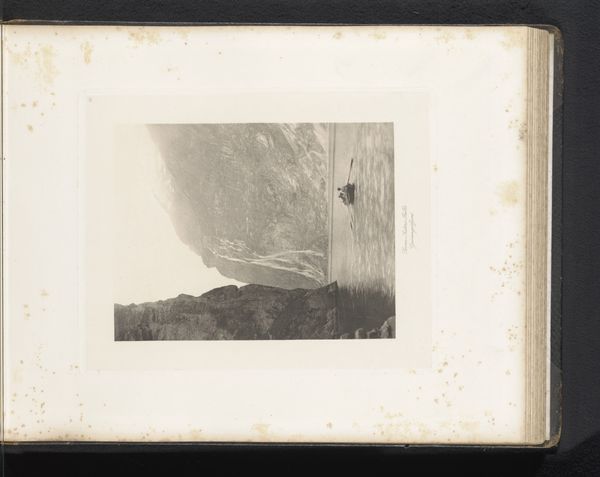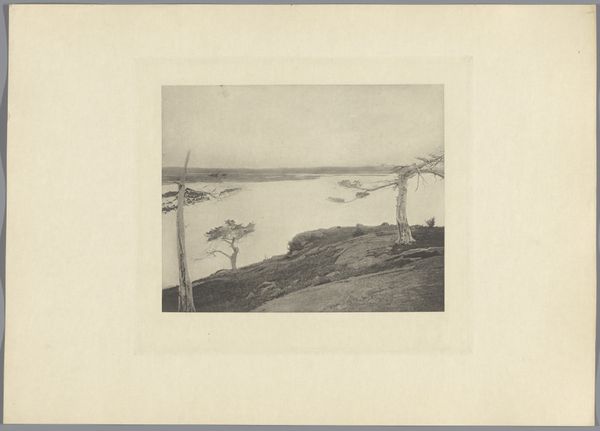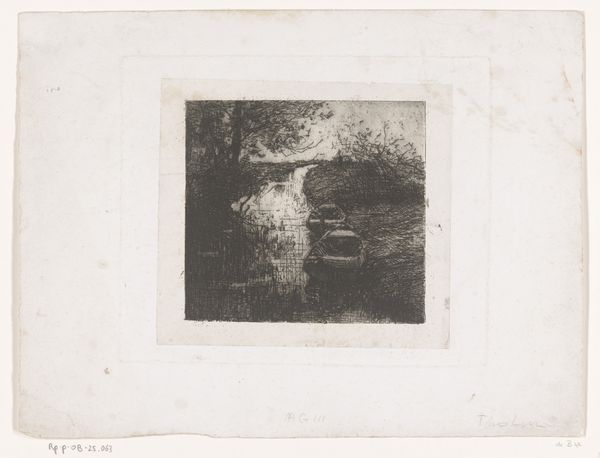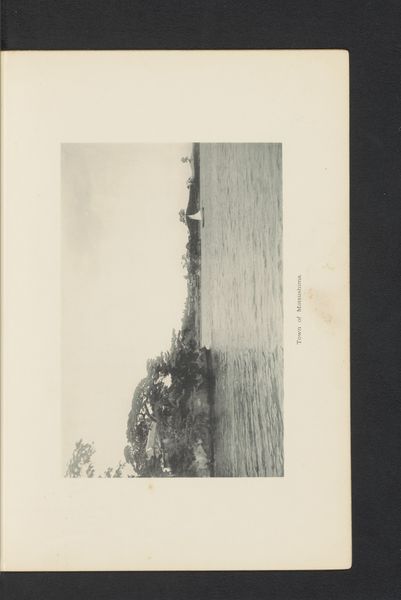
print, photography, albumen-print
#
aged paper
#
toned paper
# print
#
landscape
#
photography
#
albumen-print
#
realism
Dimensions: height 240 mm, width 322 mm
Copyright: Rijks Museum: Open Domain
Editor: This photograph, "Gezicht op de vuurtoren van Petit Minou," taken sometime before 1883, is an albumen print showcasing a distant lighthouse against a moody sky and sea. There's something very stark and lonely about the composition. What do you see when you look at it? Curator: It’s interesting how photography at this time began to engage with infrastructure and the concept of progress. Lighthouses themselves represented technological advancement, safeguarding maritime traffic, embodying both national ambition and international trade. How do you think this image speaks to that context, particularly concerning its potential public reception at the time? Editor: Well, I suppose it shows the lighthouse as this stark, almost romantic symbol against the vastness of nature. Maybe it speaks to humanity's attempt to control or coexist with it. Do you think the 'art world' saw photography like this as, say, a threat to painting's territory, in terms of landscape? Curator: Initially, perhaps. But quickly, photography established its own public role, distinct from painting. Its inherent documentary function— its apparent objectivity— made it useful for government and industry. Coastal surveys, for example, relied heavily on photography, lending the medium an air of scientific authority and expanding its place in shaping a public perception. Think about the power this image holds - representing navigational safety, imperial reach, the sublimity of nature, all at once. Editor: I hadn't considered the role of these photographs beyond the purely aesthetic. So it's not just a pretty landscape, but a document, propaganda even, reflecting power structures. Thanks, I'm seeing a lot more here now! Curator: Indeed, and that interplay between artistic vision and societal forces makes understanding photography from this period so rewarding. It causes me to reflect on how landscape and seascape imagery shape a nation’s relationship with its geography and, conversely, the impact this imagery might have on artistic movements over time.
Comments
No comments
Be the first to comment and join the conversation on the ultimate creative platform.
